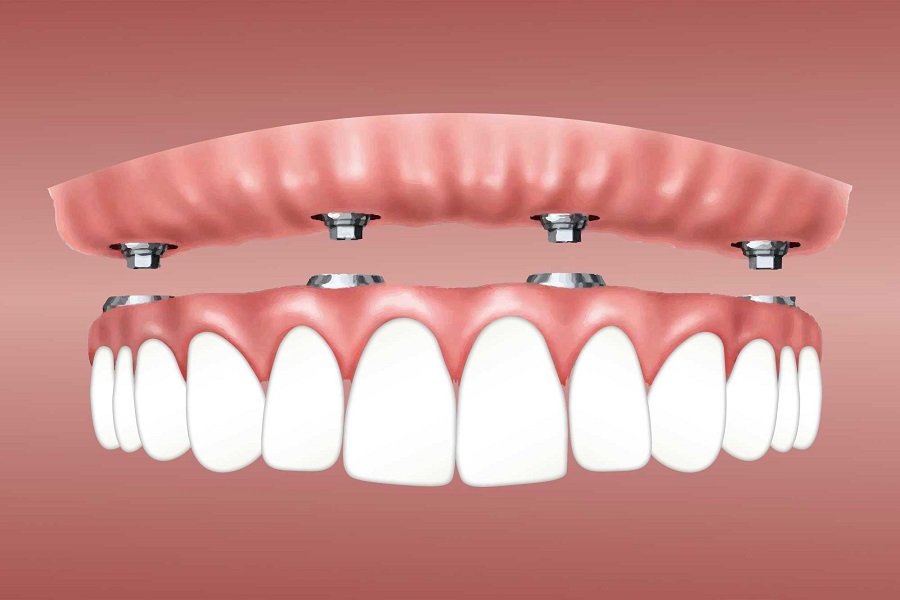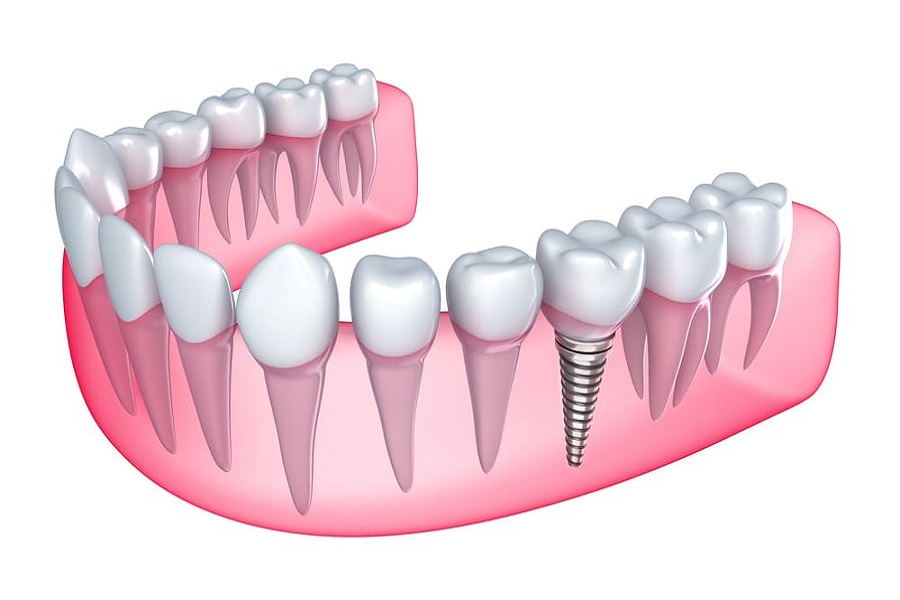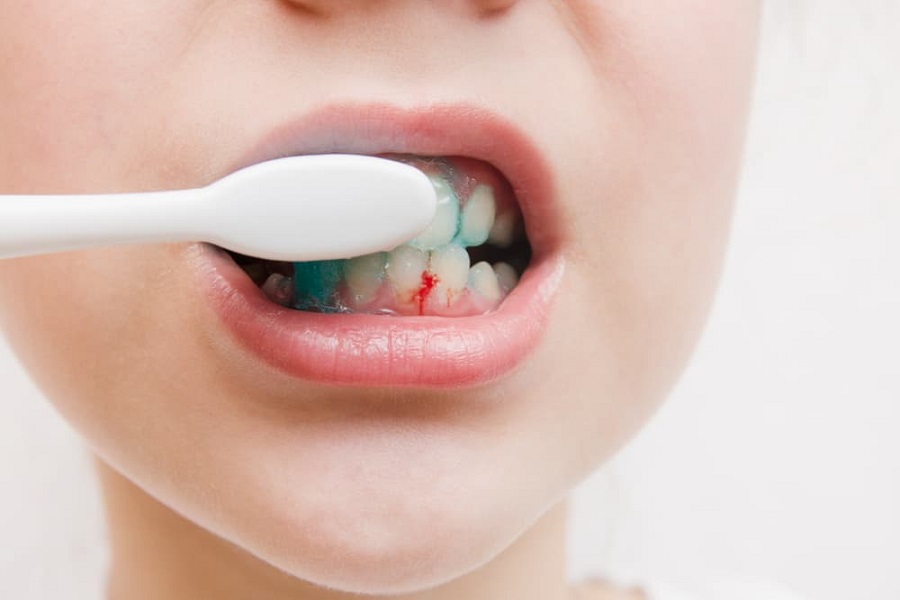MBT technology is an improved system of traditional straight wire technology, which has been recognized by the orthodontic medical community, and its bracket design has the following characteristics.
1. Reduce the mesio-distal inclination of the anterior teeth, especially the canine alveolar groove of the classic straight wire aligner. The inclination of the grooves designed in Andrews’ classic straight wire arch is larger than the ideal natural inclination, because Andrews believes that the coronal-labial torque of the anterior teeth will reduce the coronal mesial inclination of the anterior teeth, while Roth Straight wire arches place more emphasis on overcorrection and therefore have the greatest inclination. Since the designers of MBT emphasized continuous light force, the canines rarely tilted distally, so the anti-tilt angle was hardly needed. This bracket angle design of MBT significantly reduced the anchorage burden of the posterior teeth.
2. Reduce the mesiodistal inclination of the upper posterior teeth.
The design of the upper posterior alveolar groove of MBT tends to dry upright upper posterior teeth, similar to the dry Roth straight wire arch, that is, to reduce the mesial inclination of the upper posterior teeth, thereby helping to preserve the anchorage of the upper posterior teeth.
3. Keep the inclination of the lower posterior teeth unchanged.
MBT tended to dry and kept all lower posterior teeth with a mesial inclination of 2o, which was helpful for the transition from class II posterior teeth to class I posterior teeth.
4. Increase the torque of the upper incisor and reduce the torque of the lower incisor.
The designers of MBT found that the square wire arch aligner only relies on the contact between the square wire arm of less than 1mm and the groove to generate torque force, so the torque control ability of the anterior teeth is poor, and the anterior teeth are retracted and moved upward. When the upper incisor is too erect, the lower incisor often appears labial inclination when leveling Spee’s curve and de-crowding. Therefore, MBT designed a larger upper incisor crown labial torque and lower incisor. Crown tongue torque.
5. Maintain the torque of the upper canines and premolars and increase the torque of the upper molars.
The designers of MBT found in the practice of using classic straight wire aligners that the 7o torque of the upper canines and premolars is suitable for most cases, but the upper molars often show excessive coronobuccal orientation during the treatment. The result is that the tongue tip of the upper molar sags, causing the interference of the median relationship, the balance side and the working side. Therefore, the upper molar torque of the MBT aligner increases. Sixth, reduce the torque of the lower canine and posterior teeth.
6. The reasons for the significant decrease in the lingual torque of the lower posterior crowns of MBT are as follows:
① Gingival recession often occurs in the lower canines and premolars. Reducing the coronal lingual torque can help maintain the center of the alveolar process at the root, thereby contributing to the health of the periodontal tissue.
② There are many cases with narrow upper dental arch, the lower posterior teeth tend to be dry and lingual, and the lower posterior teeth often need to be erected buccally.
③ lower second molar. 35o torque often results in lingual tipping of the lower second molars.
7. Thickness of bracket bottom plate.
The base plate design of the classic straight wire brackets fits the vast majority of cases, the only change in MBT is the addition of 0.5mm to the base plate of the upper second premolars, as they found that the upper second premolars are usually thicker than the first premolars This change helps to establish a better cusp occlusal relationship between the upper and lower premolar regions. However, if the upper first and second premolars are the same size, the upper first premolar bracket can be used instead of the upper second premolar bracket.
The improvement of the traditional straight wire arch technology of the MBT appliance is mainly reflected in the improvement of straight wire brackets, a variety of pre-formed arches, new bracket positioning technology, simplified arch wire sequence, effective anchorage control means, precise individual teeth Adjustments, concise and clear diagnostic techniques and visible tooth movement planning, control and ankle position. As a new generation of straight wire aligners, after 25 years of development, it has now formed its unique high-performance straight wire orthodontic system that moves teeth with continuous light force sliding.
































